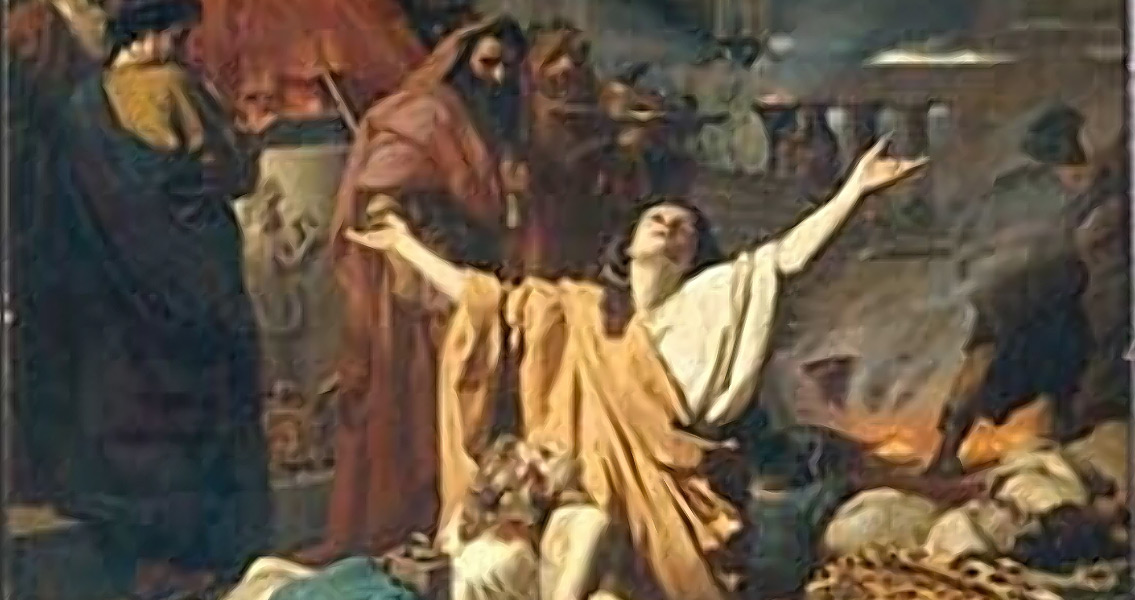<![CDATA[On November 3rd, researchers associated with the Israel Antiquities Authority announced that they had found the remnants of the fortress used by the Greek Seleucid king Antiochus Epiphanes during his 168 BCE siege of Jerusalem. The find has solved one of archaeology's greatest mysteries concerning the history of Jerusalem, and ended over a century of speculation. A segment of the fortification was found under a parking lot in the City of David, south of the Temple Mount and Old City walls. It's believed the fortification, known as the Acra fortress, was part of a larger, overall system of defenses built by Antiochus as he sought to end a rebellion by Jewish priests which was centered on the Temple. In Jewish tradition, Antiochus is most notably remembered as the Hanukkah villain who sought to ban Jewish religious rites, sparking the Maccabean revolt. Used by his Seleucids, the Acra fortress allowed the king to oversee the Temple, thereby maintaining control over Jerusalem. Seemingly a properly fortified stronghold, it controlled all Temple approach routes in addition to cutting it off from the southern areas of the city. The fortress was defended by Hellenized Jews, who were already engaged in an all-out war with Jewish traditionalists (represented by the Maccabees) according to some scholars, and mercenaries paid for by Antiochus. Archaeological records from this period of Jerusalem under Seleucid Greek control are scarce. As a result, achieving a resolution to the long-standing mystery remained difficult. In recent months however, a massive wall, which turned out to be part of the base of a tower, was slowly exposed by researchers digging at the site. The wall is described as having immense proportions; 13 feet (four meters) wide and 66 feet (20 meters) long. Additionally, the wall’s outer face was coated with a layer of rocks, dust, and plaster, to form a slippery incline, deliberately added to make it hard for attackers to scale. The 10 year long excavation has also uncovered bronze arrow heads, sling stones made from lead, and other stones shot from an ancient catapult (a ballista). The ballista stones had been stamped with a pitchfork image, which was the symbol of Antiochus’s reign. The dates of coins found at the site ranged from the reign of Antiochus Epiphanes to that of Antiochus Sidetes, who is known to have died in 129 BCE. Discovery of the sling stones and arrow are convincing evidence that in Maccabean times attempts were made to conquer the Acra citadel in the City of David. The finds are silent reminders of the battles that happened when the Hasmonean family led the Maccabean rebellion, according to the archaeologists. The Acra fortress continued as a strategic and symbolic foothold of Seleucid power in Jerusalem until 141 BCE. It was finally conquered after a long siege (during which the Greek defenders were essentially starved out) by Simon Maccabeusin in 141 BCE. The Isreal Antiquities Authority has announced that the site is scheduled to be opened to the public by December 6th, the beginning of Hanukkah holiday. ]]>
Acra Fortress Found in Jerusalem
